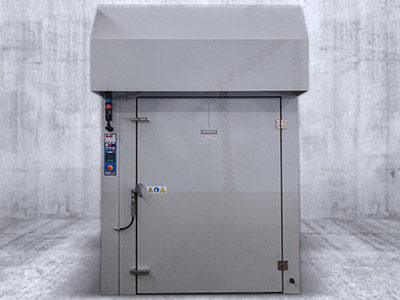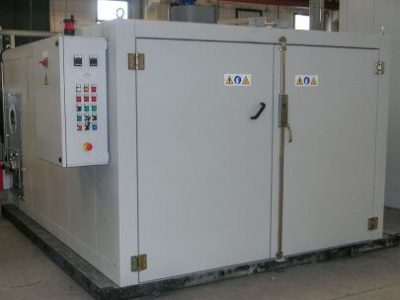Vulcanisation
Vulcanisation is an irreversible process during which, by means of a chemical modification, the polymer becomes less plastic, acquires or improves its elastic properties, and becomes more resistant to swelling if kept in contact with organic compounds.
Vulcanisation was discovered in 1839 by Charles Goodyear. Goodyear discovered a process of vulcanisation for rubber using sulphur and basic lead carbonate. He found that when a mixture of natural rubber, sulphur and lead carbonate was heated, the rubber was transformed from thermoplastic material to elastomer. He thus discovered the capacity of rubber latex to combine with sulphur at high temperature and get transformed into a product with mechanical and physical features better than those of rubber in the raw state (it also lost its adhesiveness completely), and to considerably improve its elastic properties.
Most of the rubber objects after manufacture are subjected to vulcanisation in high temperature and pressure conditions. In some cases, the objects are vulcanised in moulds pressed by means of hydraulic presses, in other cases these are subjected to an internal or external vapour pressure during the heating.
Vulcanisation is a process that depends on temperature and time: with increased temperature the vulcanisation speed must be consequently increased. Using a higher temperature to reduce the vulcanisation times is however an approach that has limits: vulcanised products can, in fact, be damaged by the action of very high temperatures, the so-called reversal phenomenon may occur consisting of a chemical decomposition of the vulcanised product resulting in its softening and loss of elasticity.
Depending on the vulcanisation procedure, shape and thickness of the product, vulcanisation temperatures may vary from the ambient temperature up to about 300°C, while the times may vary from a few seconds to several hours.



